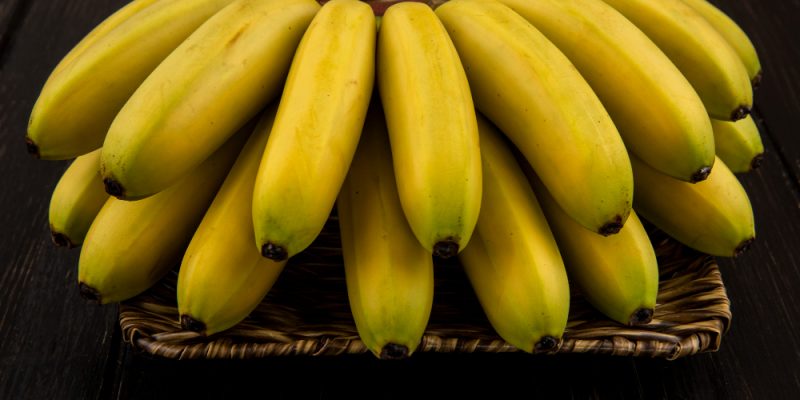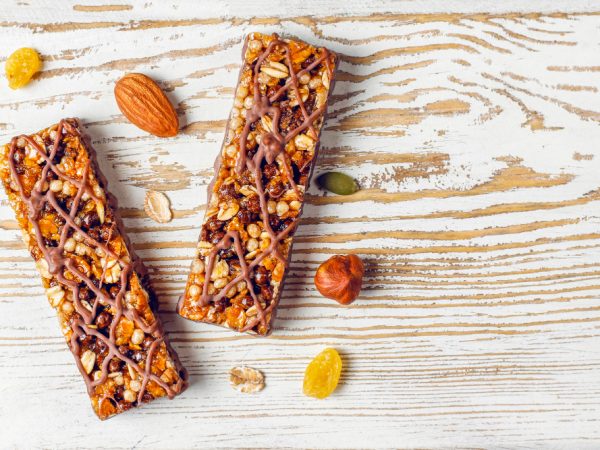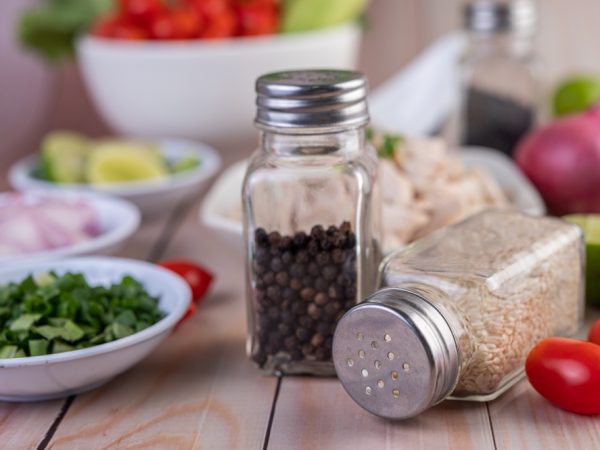Exotic Banana Varieties: Unique Types, Flavors, and Health Benefits

When most people think of bananas, they picture the common yellow Cavendish found in grocery stores worldwide. But did you know there are over 1,000 varieties of bananas grown across tropical regions, many of which are considered exotic? These bananas differ in size, color, flavor, and even how they’re eaten—some are sweet and perfect raw, while others are starchy and better cooked.
In this guide, we’ll explore the most fascinating exotic banana varieties, their unique tastes, cultural importance, and health benefits that go beyond the everyday Cavendish.
What Makes a Banana “Exotic”?
The term “exotic banana” refers to varieties that are less common globally but may be staples in certain regions. Unlike the Cavendish, which dominates commercial markets, exotic bananas are often grown on a smaller scale.
Characteristics of exotic bananas include:
- Distinct colors such as red, purple, or blue.
- Unique flavors ranging from tangy to creamy vanilla-like.
- Different textures—some firm and starchy, others soft and custard-like.
- Cultural or regional significance in traditional cuisines.
Red Bananas: Sweet and Creamy
Red bananas are shorter and plumper than yellow bananas, with a reddish-purple peel. Their flesh is creamier, sweeter, and slightly tangy, with hints of raspberry or mango.
- Where they’re grown: Southeast Asia, Central America, and parts of East Africa.
- Best way to eat: Fresh, blended in smoothies, or added to desserts.
- Nutritional note: High in vitamin C, beta-carotene, and fiber.
These bananas are often considered a “dessert banana” due to their natural sweetness.
Blue Java Bananas: The “Ice Cream Banana”
Known as Blue Java or “ice cream bananas,” these are famous for their unique color and flavor. When unripe, they have a bluish skin, which turns silver-yellow as they ripen. Their flesh is soft, creamy, and has a vanilla ice cream–like taste.
- Where they’re grown: Hawaii, Fiji, and the Philippines.
- Best way to eat: Frozen for a natural banana ice cream alternative.
- Unique trait: Soft, custard-like texture makes them a dessert favorite.
Burro Bananas: Tangy and Square-Shaped
Burro bananas, also called “chunky bananas,” have a distinct square shape with flat ends. Their flavor is tangy and lemon-like when ripe.
- Where they’re grown: Mexico and parts of Central America.
- Best way to eat: Delicious when fried or sliced into fruit salads.
- Nutritional benefit: Rich in potassium and fiber.
Their tangy twist makes them stand out from other sweet bananas.
Manzano Bananas: The Apple Banana
The Manzano banana, also called the “apple banana,” has a sweet flavor with a hint of apple or strawberry. They are shorter than Cavendish bananas but pack a more intense sweetness.
- Where they’re grown: Central and South America.
- Best way to eat: Fresh, as a snack or in tropical fruit salads.
- Fun fact: Popular in Caribbean and Latin American desserts.
Praying Hands Bananas: Unique Appearance
One of the most visually striking banana varieties, Praying Hands bananas grow in clusters that resemble two hands pressed together in prayer.
- Flavor: Mildly sweet with vanilla undertones.
- Where they’re grown: Indonesia and the Philippines.
- Best way to eat: Fresh, grilled, or baked.
They’re not only delicious but also considered a symbol of spirituality and blessing in some cultures.
Plantains: The Cooking Bananas
While not sweet like dessert bananas, plantains are an essential exotic variety. They are starchy and used much like potatoes in many cuisines.
- Where they’re grown: Africa, the Caribbean, and Latin America.
- Best way to eat: Fried, boiled, or baked. Popular dishes include tostones and plantain chips.
- Nutritional note: A rich source of complex carbohydrates and dietary fiber.
Plantains play a vital role in global cuisines and food security.
Lady Finger Bananas: Small but Sweet
Lady Finger bananas, also known as “baby bananas,” are much smaller than Cavendish bananas but incredibly sweet.
- Where they’re grown: Southeast Asia, Australia, and Central America.
- Flavor: Honey-like sweetness with a smooth texture.
- Best way to eat: A perfect snack for kids or a sweet addition to desserts.
Their small size makes them a convenient, natural “bite-sized” fruit.
Health Benefits of Exotic Bananas
Beyond taste and variety, exotic bananas provide powerful nutritional benefits:
- Rich in potassium: Supports heart health and blood pressure regulation.
- High in dietary fiber: Improves digestion and satiety.
- Packed with vitamins: Especially vitamin C, B6, and antioxidants like beta-carotene.
- Energy boost: Natural sugars make bananas a quick source of energy.
- Mood enhancement: Contain tryptophan, which helps produce serotonin (the “happy hormone”).
Different varieties may offer higher concentrations of certain vitamins and minerals compared to Cavendish bananas.
How to Incorporate Exotic Bananas Into Your Diet
Exotic bananas can be enjoyed in many ways:
- Fresh snacks: Red or Manzano bananas for natural sweetness.
- Smoothies and desserts: Blue Java for creamy texture.
- Cooking: Plantains and Burro bananas for savory dishes.
- Breakfast ideas: Lady Fingers sliced over cereal or oatmeal.
- Frozen treats: Blend Blue Java or Red bananas for homemade ice cream.
Trying different varieties is an excellent way to diversify your diet while enjoying new flavors.
Conclusion
Exotic bananas open up a world beyond the familiar Cavendish. From the creamy Blue Java to the tangy Burro and the symbolic Praying Hands, each variety offers a unique taste, cultural story, and health benefit.
Incorporating exotic bananas into your diet not only adds variety but also boosts nutrition. Whether eaten raw, cooked, or blended into smoothies, these fruits are a delicious, healthy, and versatile choice. Next time you encounter an unusual banana variety, give it a try—you might just discover a new favorite.
FAQs
1. What’s the difference between Cavendish and exotic bananas?
Cavendish bananas are the most common commercial type, while exotic bananas include rare or region-specific varieties with unique flavors and appearances.
2. Can exotic bananas be found in regular supermarkets?
Some, like red bananas or plantains, may be available in larger supermarkets, but rarer types are usually found in specialty stores or local markets.
3. Are exotic bananas healthier than Cavendish?
They often contain higher levels of certain nutrients, such as beta-carotene in red bananas, but all bananas are nutrient-rich.
4. Can plantains be eaten raw like regular bananas?
No. Plantains are starchy and best eaten cooked by frying, boiling, or baking.
5. What is the sweetest banana variety?
Lady Finger (baby bananas) and Manzano (apple bananas) are considered some of the sweetest varieties.
Also read: Bag and Water Bottle Set: Stylish, Durable, and Convenient for Everyday Use










